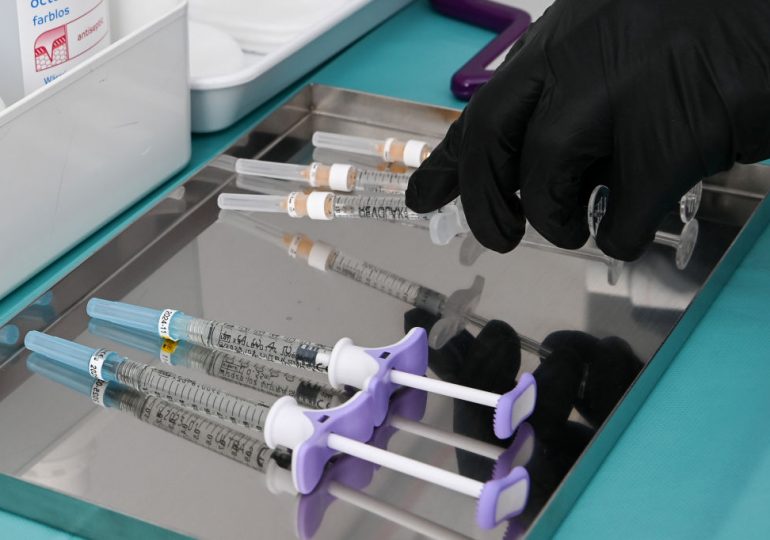Public health officials are warning about the dangers of counterfeit botox products, which have been circulating and causing individuals to fall ill in several U.S. states.
As of Friday, April 18, 22 people across California, Colorado, Florida, Illinois, Kentucky, Nebraska, New Jersey, New York, Tennessee, Texas, and Washington, have reported adverse reactions to a counterfeit version of Botox (botulinum toxin). All of the individuals are female, ranging in age from 25 to 59.
[time-brightcove not-tgx=”true”]
Symptoms of the fake botox include blurred or double vision, difficulty swallowing, dry mouth, constipation, incontinence, shortness of breath, weakness and difficulty lifting one’s head following the injection of these products. The symptoms are similar to those seen when botulism, a rare and serious illness caused by a toxin that attacks the body’s nerves and spreads to other parts of the body.
Eleven of the individuals affected have been hospitalized, and six were treated with botulism antitoxin due to concern that the counterfeit botulinum toxin had spread beyond the injection site. All but one of the individuals received the treatment for cosmetic purposes, and all victims reported receiving these injections from unlicensed or untrained individuals or in non-healthcare settings.
The issue is twofold, says Scot Bradley Glasberg, President of The Plastic Surgery Foundation— low cost products produced in the counterfeit market lack regulation and oversight, and often end up in the hands of individuals who are not properly trained to administer it. “This is not isolated to a product like Botox,” Glasberg tells TIME.
He adds that many counterfeit drugs are made abroad and smuggled into the U.S., an issue the Federal Drug Administration is working to counteract. (The CDC, FDA and several state and local health departments are investigating the source of the counterfeit Botox, but say that they appear to have been purchased from unlicensed sources, and may be “misbranded, adulterated, counterfeit, contaminated, improperly stored and transported, ineffective and/or unsafe.”)
“This is a healthcare issue. Because the cost of drugs has gone up, there’s a natural tendency to try to get them cheaper, and the way to get them cheaper is to get them from abroad,” Glasberg says.
The reported illnesses underscore the need to treat getting botox as seriously as any other medical procedure, and ensure you’re working with a trusted provider.
“Everybody thinks Botox is this easy procedure, but everything has some risks. You want to know that you’re in the proper hands,” he says.
Even Botox injections done by a professional—and with the proper drug—have their risks.
“Just injecting Botox in the wrong place has complications associated with it as well,” says Glasberg, who notes that complications can include paralysis of muscles if the Botox is injected in the wrong place.
The CDC recommends that individuals considering Botox injections confirm that a provider is licensed and trained to administer the injection and that the product was approved by FDA and obtained from a reliable source. The American Academy of Dermatology has a search tool to help patients find a board-certified provider near them.
“You shouldn’t just go to anybody you see an ad for online,” says Glasberg.
He adds that deals that seem too good to be true, just might be that. “[If] you want to skimp a little bit and save money on your car, or something like that, that’s fine, but this is your life. This is your body. It’s not an area to try to save a lot of money.”
Leave a comment








